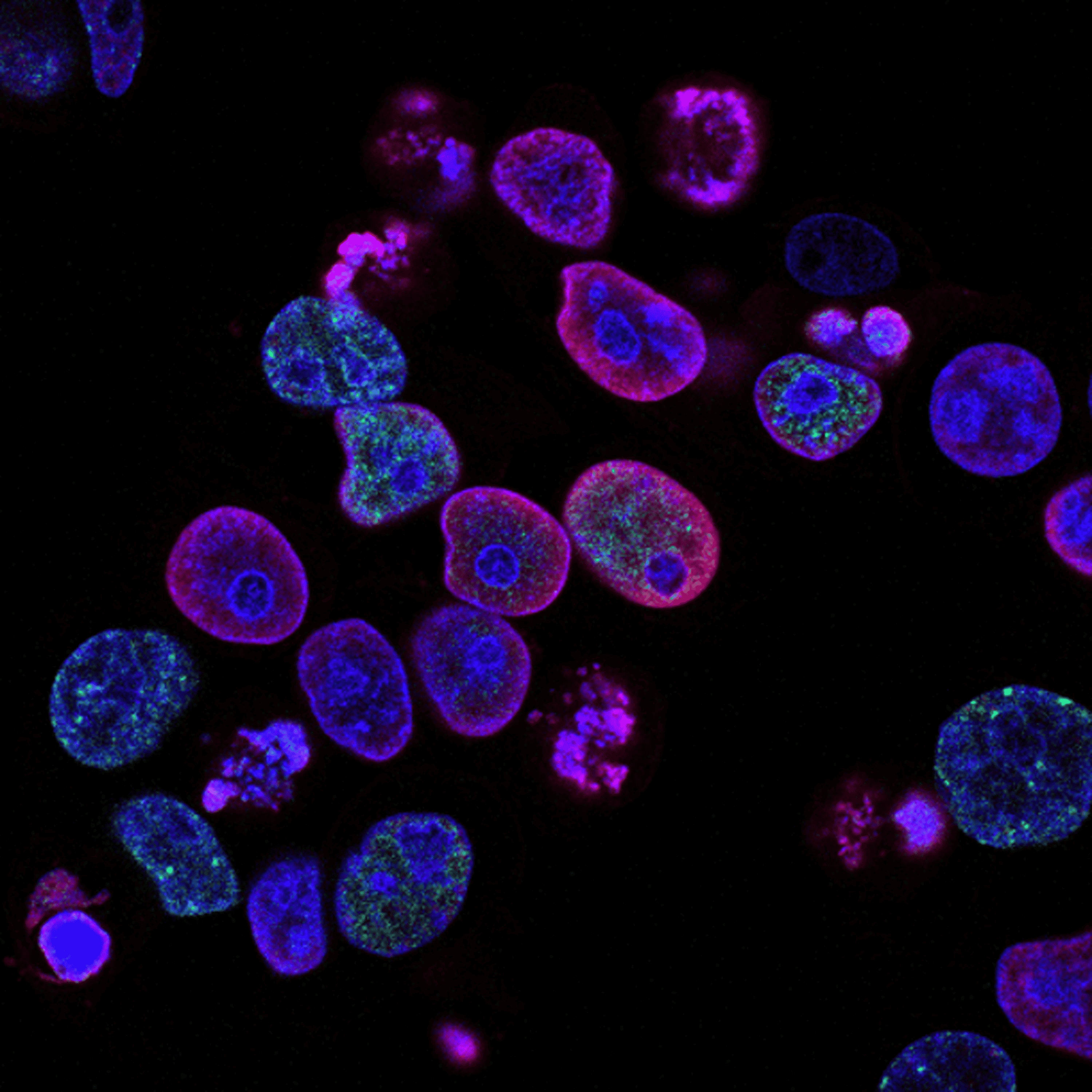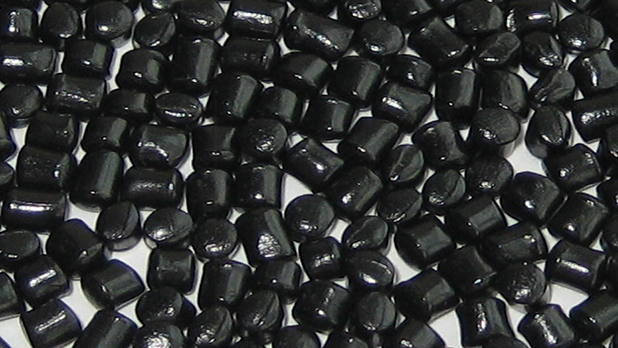
In an exciting development that could reshape the future of medical imaging, researchers at the University of Cambridge have made a breakthrough discovery. A sustainable solar cell material has emerged as a highly promising candidate for advancing the field of diagnostic imaging, the university writes in a press release. This cutting-edge technology not only offers a greener alternative to traditional imaging methods but also holds the potential to revolutionize patient care.
Harnessing the Power of Sustainable Solar Cells
Solar power has long been hailed as a renewable energy source, reducing our carbon footprint and paving the way for a sustainable future. Building on this concept, scientists at the University of Cambridge have successfully repurposed solar cell technology for medical imaging applications. By adapting the material and optimizing its properties, they have unlocked a myriad of possibilities for diagnostic imaging.

The Promise of Solar Cell Technology
Solar cell technology exhibits several remarkable characteristics that make it highly promising for medical imaging. These solar cell-based detectors possess excellent light sensitivity, allowing for precise imaging of intricate biological structures. Furthermore, they are cost-effective, scalable, and can be seamlessly integrated into existing medical imaging equipment, making them an attractive option for healthcare providers.
Advantages of Sustainable Solar Cells in Medical Imaging
The implications of this breakthrough extend far beyond sustainability. Medical imaging techniques, such as X-rays and computed tomography (CT) scans, are essential for diagnosing various conditions. However, these methods often rely on ionizing radiation, which can pose risks to patients and healthcare professionals alike. By utilizing solar cell technology, medical imaging could become safer, as it offers a radiation-free alternative without compromising image quality.
Moreover, solar cell-based detectors have the potential to improve the accuracy and resolution of medical imaging, leading to enhanced diagnoses. Their remarkable light-sensing capabilities enable the capture of clearer, more detailed images, allowing medical professionals to detect abnormalities and subtle changes that might otherwise go unnoticed. This advancement could revolutionize the detection and treatment of numerous medical conditions.

A Sustainable Future for Healthcare
One of the most compelling aspects of this breakthrough is its positive impact on the environment. Solar cell materials are inherently eco-friendly and contribute to reducing the carbon footprint of medical imaging practices. By adopting this technology, healthcare institutions can take significant strides toward achieving sustainable and environmentally conscious operations.
Furthermore, the scalability and cost-effectiveness of solar cell-based detectors hold immense potential for improving healthcare accessibility. As these detectors become more widely adopted, the cost of medical imaging equipment could decrease, making advanced diagnostics more accessible to underserved communities worldwide.








